After we've already talked to you about the little coupés of the 90s, we're continuing in that glorious decade, but we've taken a step up in positioning and performance, and remembering the “older brothers” of many of these models.
In this Special from Reason Automobile dedicated to the Coupés of the 90s, we ended up bringing together so many models that we even divided it into two parts: European coupés and Japanese coupés — yes, the automotive world seemed to be much more colorful in the last decade of the 20th century. XX. It's not like today, where we can only choose the size of the SUV; there were many more car shapes to choose from.
And even among the coupés, there was no lack of variety. There were proposals for all tastes, ranging from the most elegant and refined to the most daring and sporty.
In this first part we are dedicated only to the coupés of the 90s made in Europe — with one exception… North American. Japanese proposals, just as or more interesting than European ones — such as the copy in the image below — are for a next, but brief, occasion.

Therefore, he returns with us in time and remembers the Coupés of the 90s that marked the last decade of the 20th century.
Distinct on the outside, “humble” on the inside
Despite being distinguished by their bodywork and refined lines, the truth is that the vast majority of the coupés we gathered were derived from more mundane cars, generally, more familiar in vocation — the economies of scale in the automobile industry are not just new.
Subscribe to our newsletter
However, it was no deterrent to creating some of the most interesting, desirable and even exciting machines of the 90s. And they were a (reasonably) accessible dream, within reach of many more than other sports cars or GTs of another caliber — in desirable, but inhabiting the higher layers of the automobile atmosphere.
This… “philosophy” could not be better exemplified than by the next trio, having already deserved special attention in the pages of Razão Automóvel: FIAT COUPÉ (1993-2000), OPEL CALIBRA (1989-1997) and VOLKSWAGEN CORRADO (1988-1995).
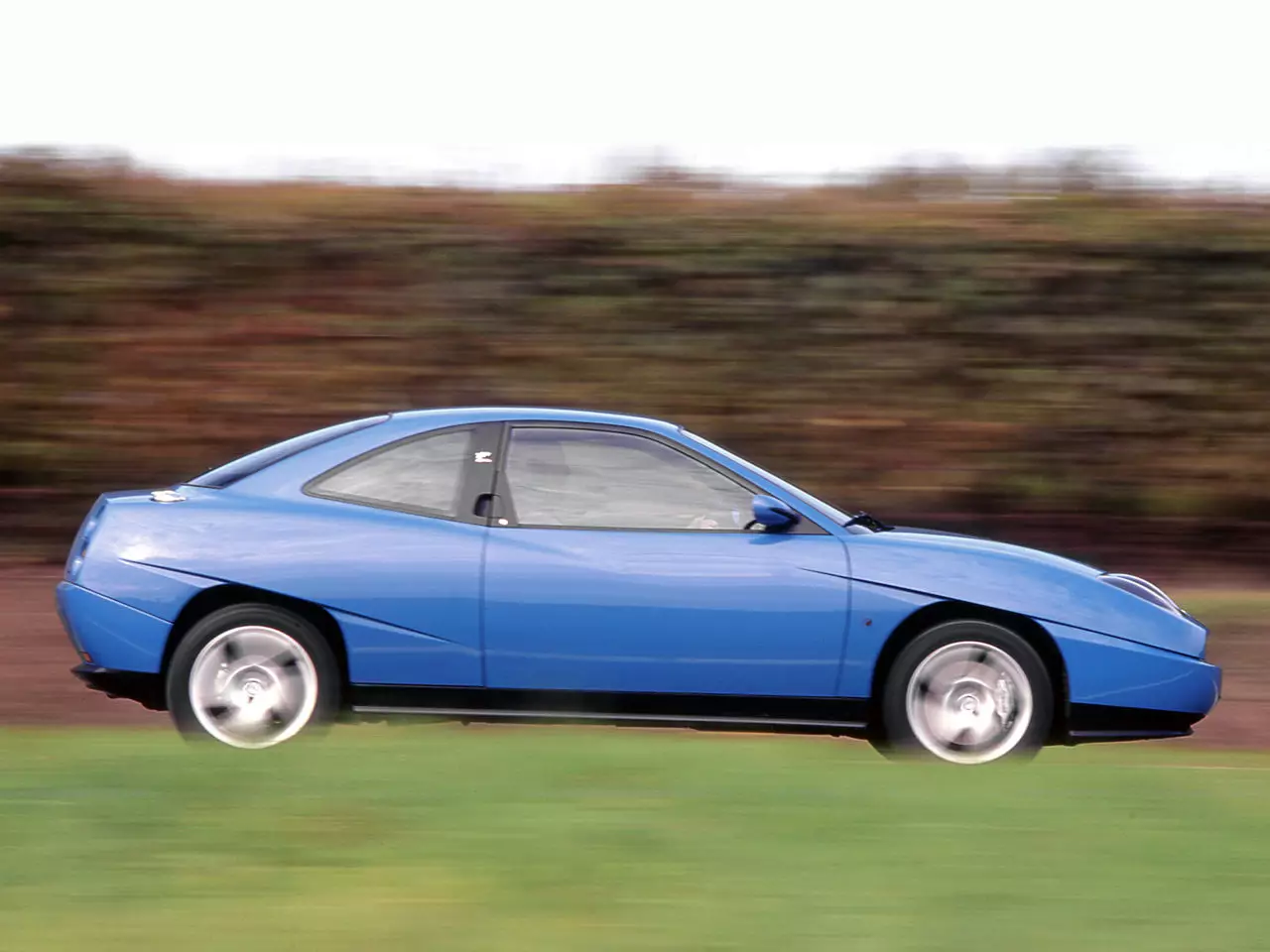
Unmistakable profile. The slits that delimit the wheel arches and that form part of the bonnet; the door handle built into the B-pillar, and the four-arm rims.
While the Calibra and the Coupé represented the final point in a rich history of coupés in their respective brands (there was also an Astra Coupé, but the shadow of the Calibra eclipsed it), the Corrado still knew a “kind” of succession — “our” Scirocco—but not to come for more than a decade.
THE Fiat Coupe left us in the year 2000, but even today, 20 years later, the 2.0 20v Turbo version bears the title of “fastest series Fiat ever produced”.
already the Opel Calibrate , not only scored for having been “sculpted by the wind”, but also left his mark on the circuits, in the heyday of the DTM.
About the Volkswagen Corrado — ok… technically it's not a coupé, but it fit well into the group —, in the petrolhead's memory it left details like the automatic rear spoiler or the much-desired version equipped with the 2.9 VR6 with about 190 hp.
Three very different cars — in design, mechanics and character — but all striking. And even more when under their different clothes hide “humble” foundations that in these coupés see their potential extracted to the full.
Underneath the radical lines of the Fiat Coupé “hidden” a Tipo (the original); beneath the aerodynamic lines of the Opel Calibrate a Vectra A; and underneath the evocative lines of the Volkswagen Corrado a common Golf II.
Design Masters
The same was true for the next pair of '90s coupés on this list: ALFA ROMEO GTV (1993-2004) and AUDI TT (1998-2006) . The Italian had strong “family ties” with the Fiat Coupé, soon with the Tipo, while the German hid a modified Golf IV platform. But what stands out in this pair of coupés? Your design.
Something that we are historically used to when referring to Alfa Romeo, but this time the biggest impact would fall to Audi with its TT, having appeared towards the end of the decade. The name of Audi TT was inherited from the competition — Tourist Trophy — and from the small NSU TT — brand absorbed decades earlier by Audi.
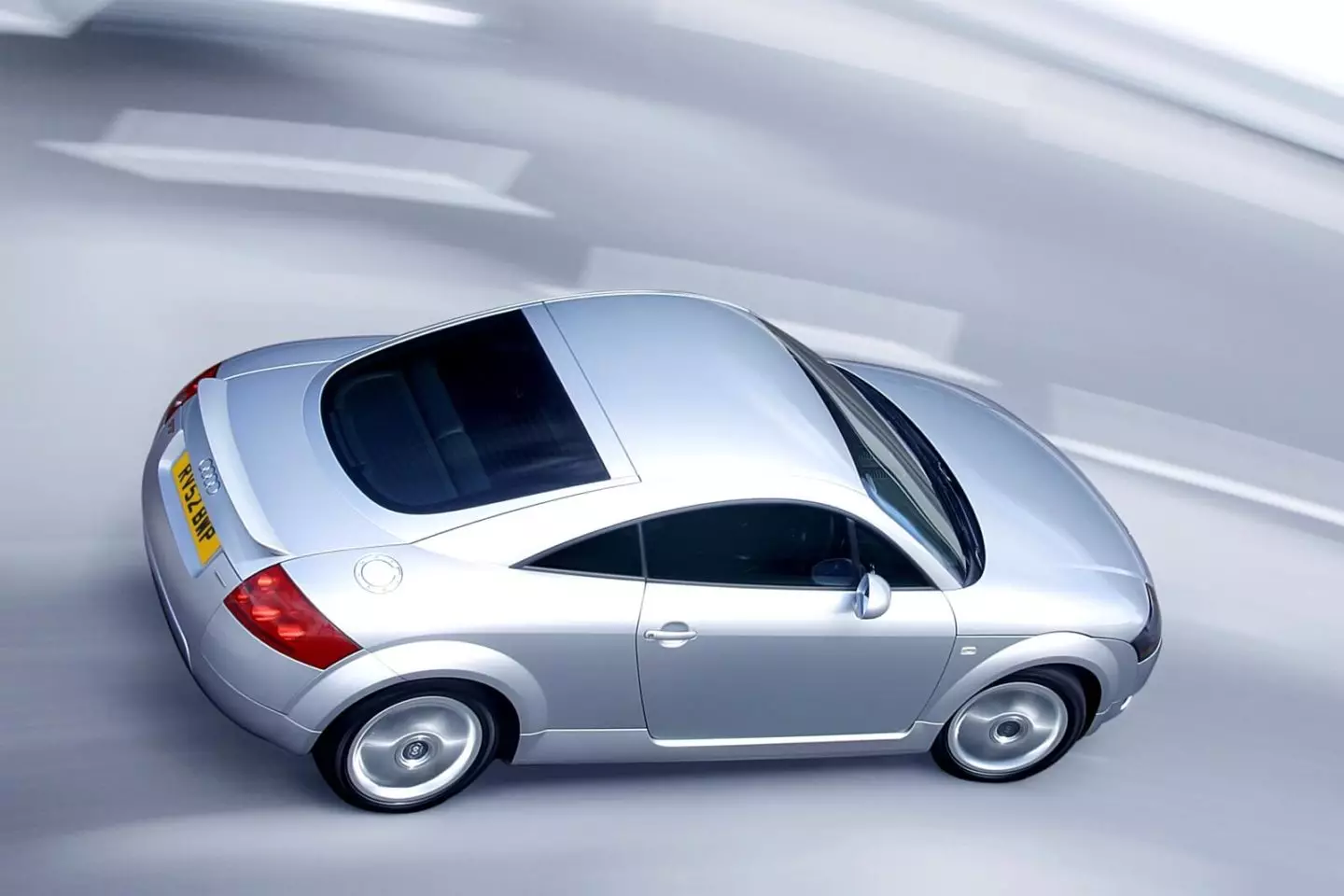
It was, however, its design that would become, perhaps, the most striking of the 90's. Such was the impact of the geometric and precise lines of the Audi TT, which became one of the fundamental pieces to raise the visibility and perception of the brand. the rings to the same level as — today — arch-rivals, BMW and Mercedes-Benz.
There were some setbacks along the way, such as its… initial dynamic instability, or the fact that it was more associated with… hairdresser cars, but the truth is that lungs were never lacking at the TT.
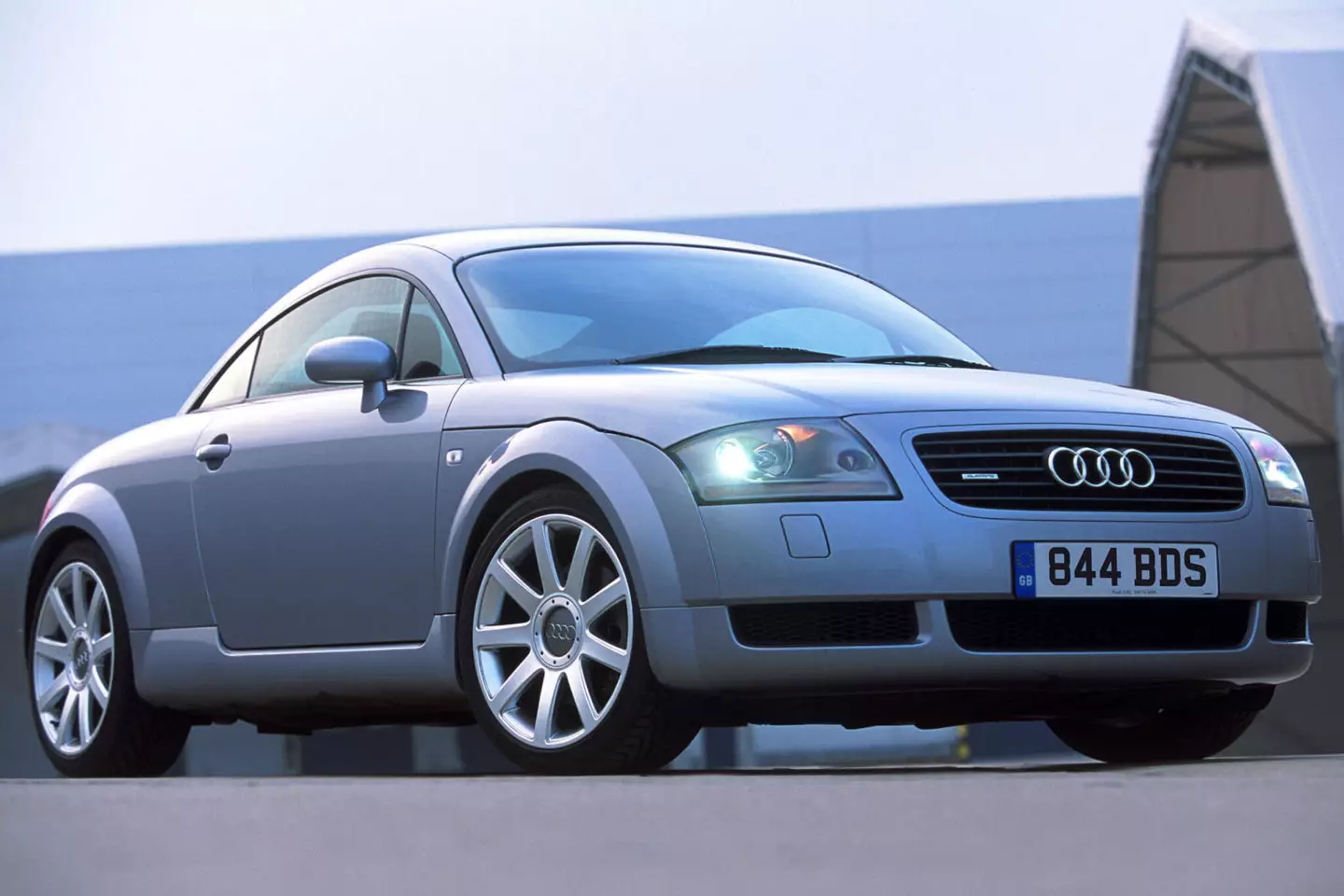
The purity of its lines was never replicated again, not even by its successors.
The 1.8 Turbo (five valves per cylinder) guaranteed it, and would later receive an even more powerful 3.2 VR6, in addition to being the first production model (by a short margin) to receive a dual-clutch box, the well-known DSG — the same engine/box combination as the Golf R32.
also the Alfa Romeo GTV it retrieved a name from the past — Gran Turismo Veloce — and despite the boldness and originality of its design, the Italian stylistic heritage was more evident in the GTV than in the radical lines of the “cousin” Fiat Coupé. It was never consensual, but neither was anyone indifferent to it.
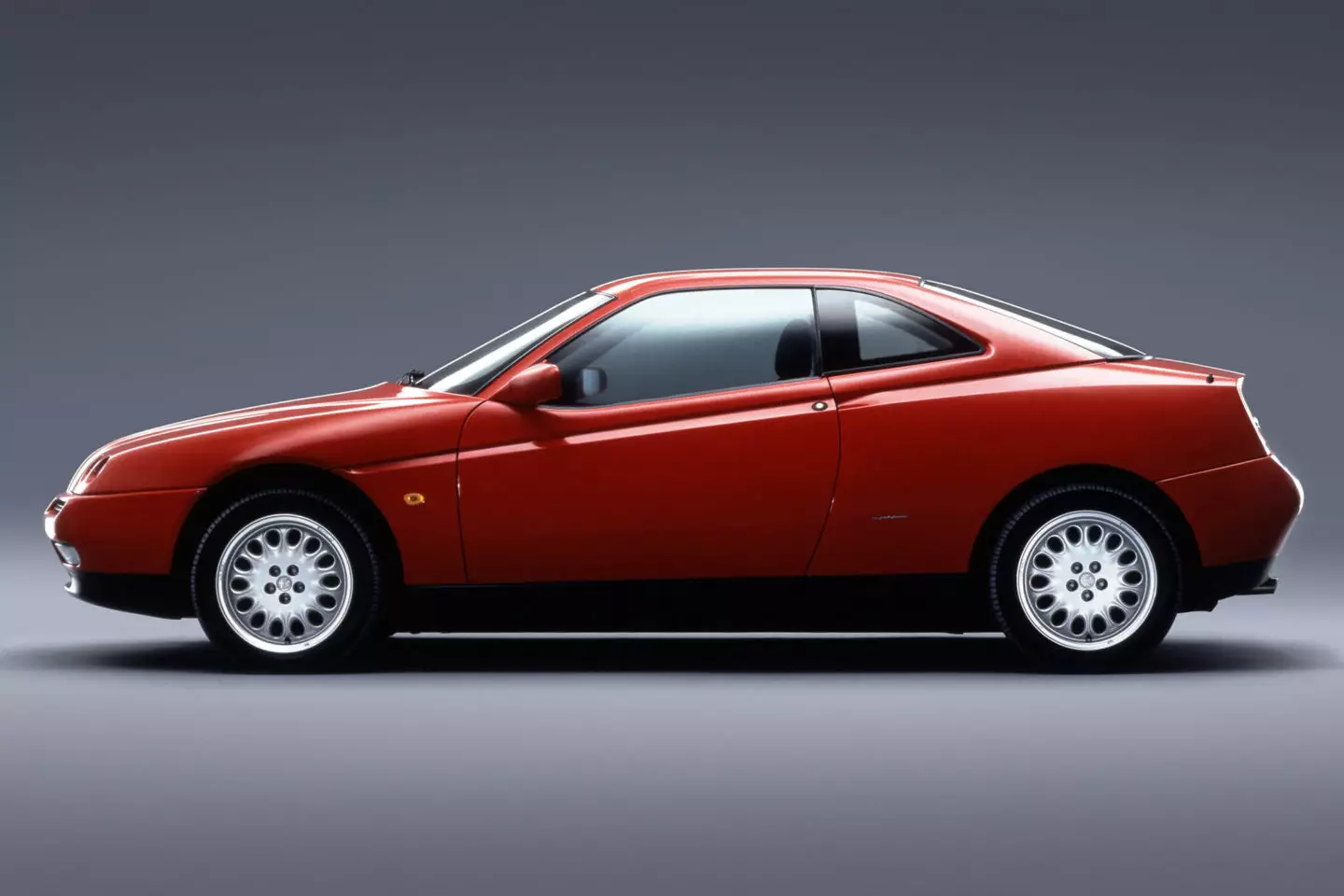
Unique profile. Wedge-shaped, Kammback-type rear and beveled bodywork by a rising waistline.
Despite the proximity of the Alfa Romeo GTV to the Fiat Coupé, however, there was much more to separate them than just the design. The GTV was provided with a specific rear independent suspension, a more sophisticated multilink scheme. And under its bonnet we could find the legendary V6 Busso. There were several versions of Busso that equipped it: from the 2.0 V6 Turbo to the 3.2 atmospheric V6 that also equipped the 156 GTA.
The (almost) German trio "usual"
If the above examples strayed as far as possible from their mundane origins, there were other coupés from the 1990s that did not hide their proximity to the saloons from which they were derived — most of them were even integrated into their respective ranges.
Even so, they were lords of a more fluid, elegant and distinguished profile, while guaranteeing a daily coexistence practically as easy as the “four doors” on which they were based.
We started with the usual German trio, even before they were the… usual German trio: AUDI COUPÉ (1988-1995), BMW SERIES 3 COUPÉ E36 (1992-1998) and MERCEDES-BENZ CLK (1997-2003).
The three German premium brands are, nowadays, the only ones that keep this type of models. These are the predecessors of the current Audi A5, BMW 4 Series and Mercedes-Benz C/E-Class Coupé.
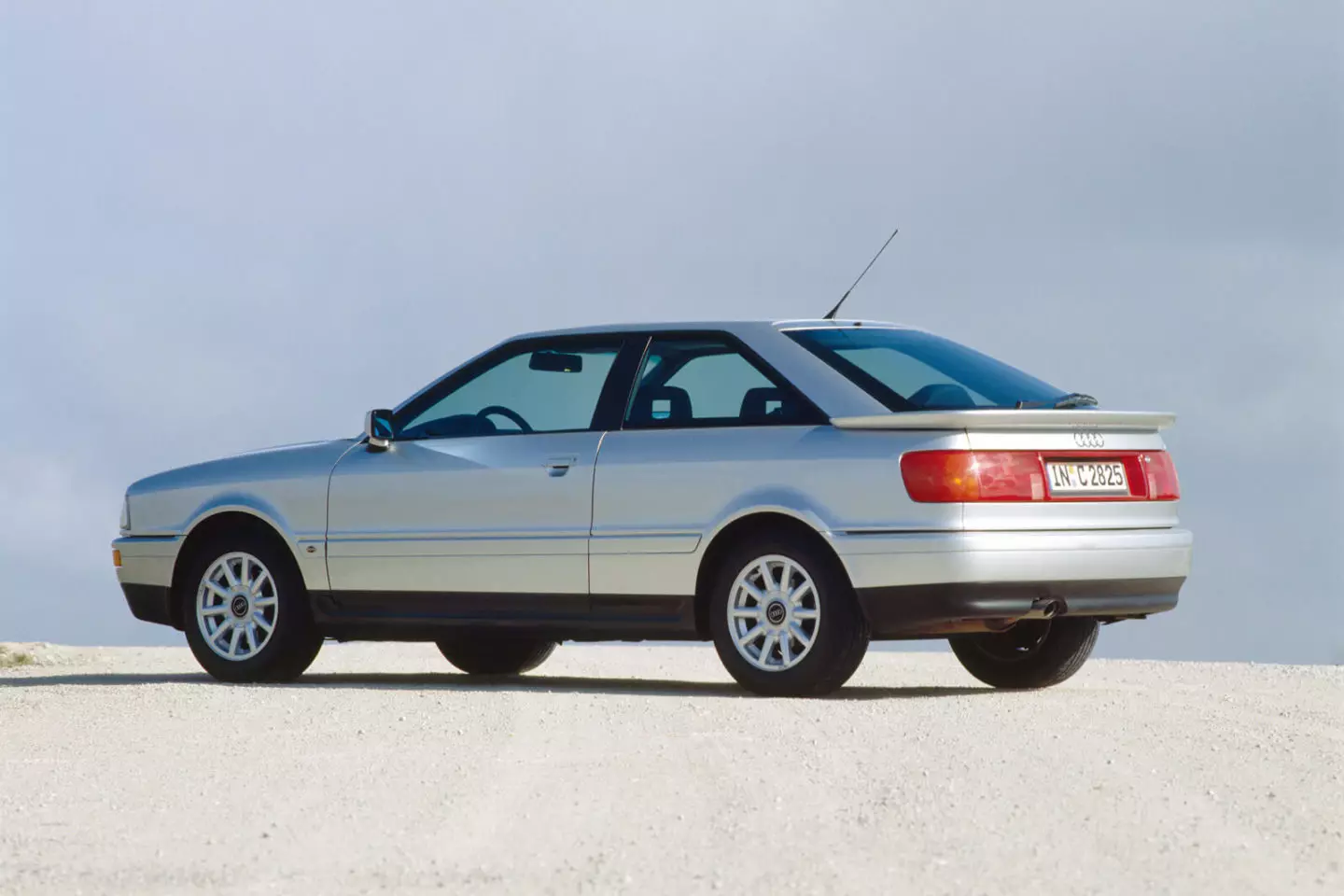
The quattro system and in-line five cylinders also made their way to the Audi Coupé, but success passed them by.
It does not mean, however, that they have always been success stories. notice the Audi Coupe B3 (another “fake” coupé, like the Corrado). Succeeded the successful… Coupé (B2) — yes, the one that underpinned ur-Quattro and legendary WRC achievements.
Unfortunately, the second-generation Coupé never managed to capture the same aura or success as its predecessor. Not even when Audi spiced it up with the launch of the S2 (the brand's first S), equipped with the penta-cylindrical turbo (220-230 hp).
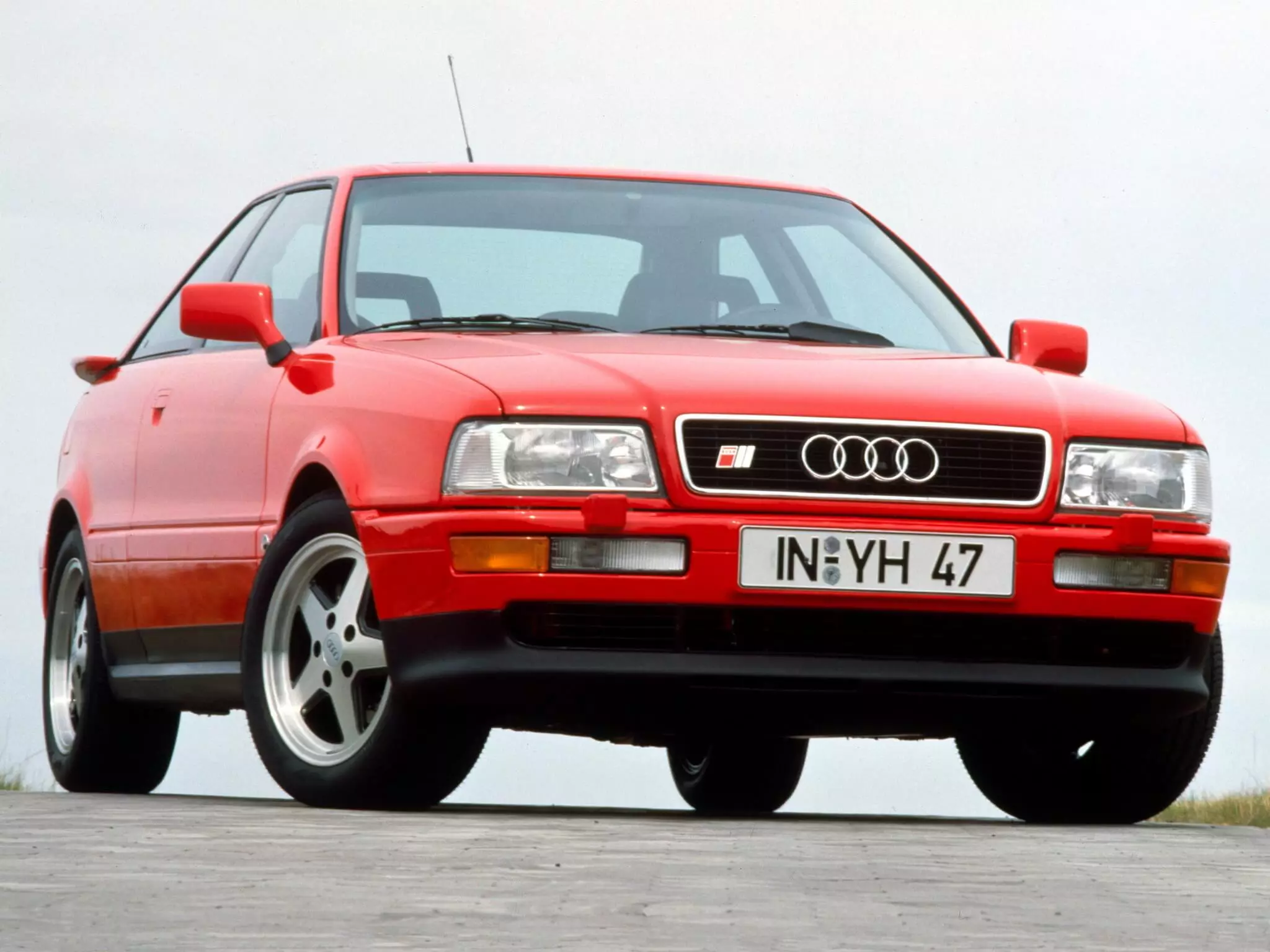
Coupé success at Audi would be achieved with the most specialized TT; and in performance with… vans — a year before the Audi Coupé's career ended, the legendary RS2 Avant! It took time for Audi to return to this type of coupé: the first A5, the real successor to the Coupé B3, would only arrive in 2007.
THE BMW 3 Series Coupe (E36) and the Mercedes-Benz CLK (C208), on the other hand, had much better reception and success.
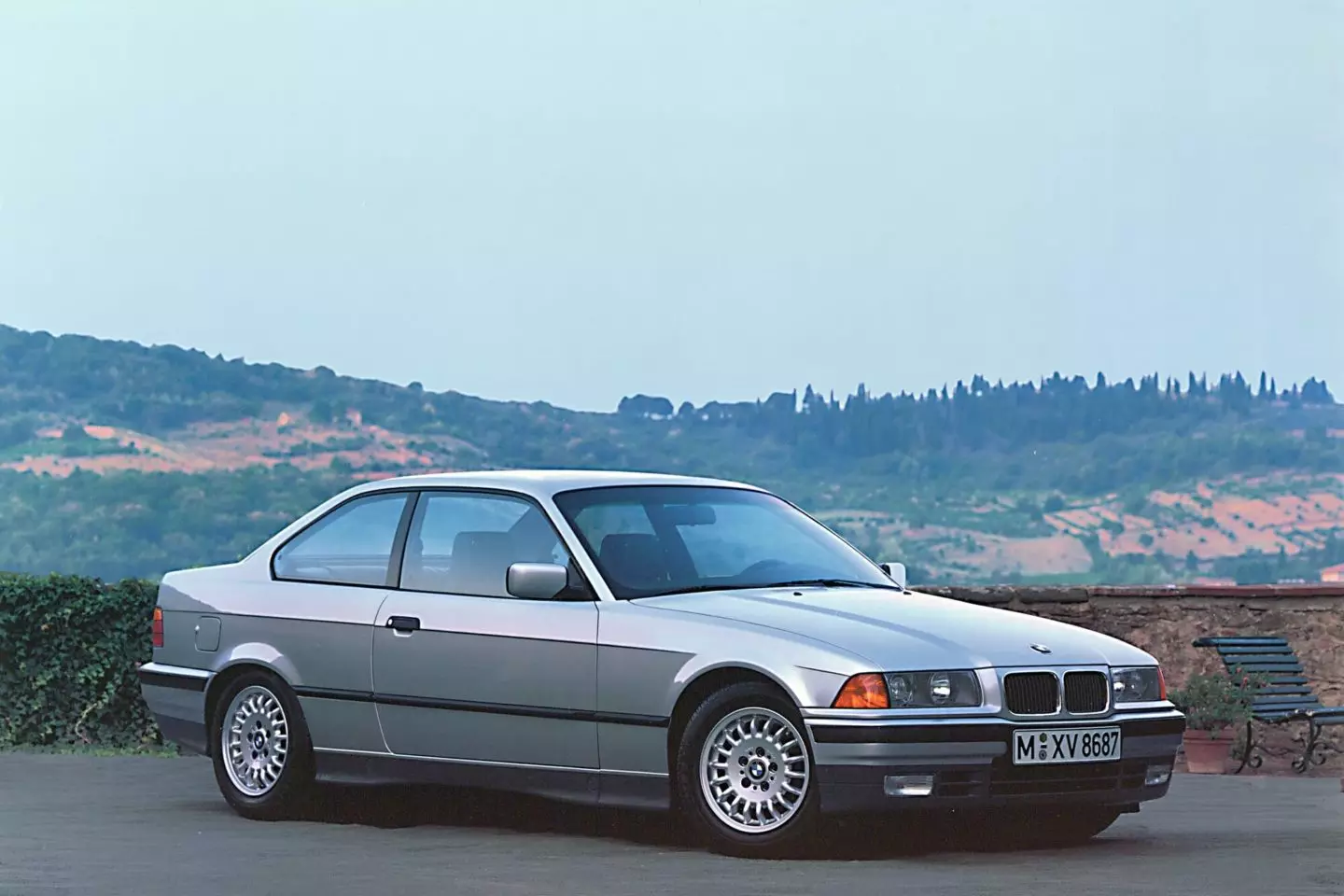
Despite the different panels, the 3 Series Coupé was "accused" of not being different enough from the saloon.
For the first time, BMW more clearly separated the Coupé from the saloon in the 3 Series, but it may have missed many of us. Despite not sharing any panels between them, and the end result being elegant and attractive, the truth is that the stylistic proximity between the saloon and the coupé were, perhaps, excessive.
But who wanted to know that when at our disposal was one of the best, if not the best chassis in the segment — it also stood out for being one of the few existing coupés with rear-wheel drive — and delicious six-cylinder in-line? And what's more, at the top of the hierarchy, there was a… M3.
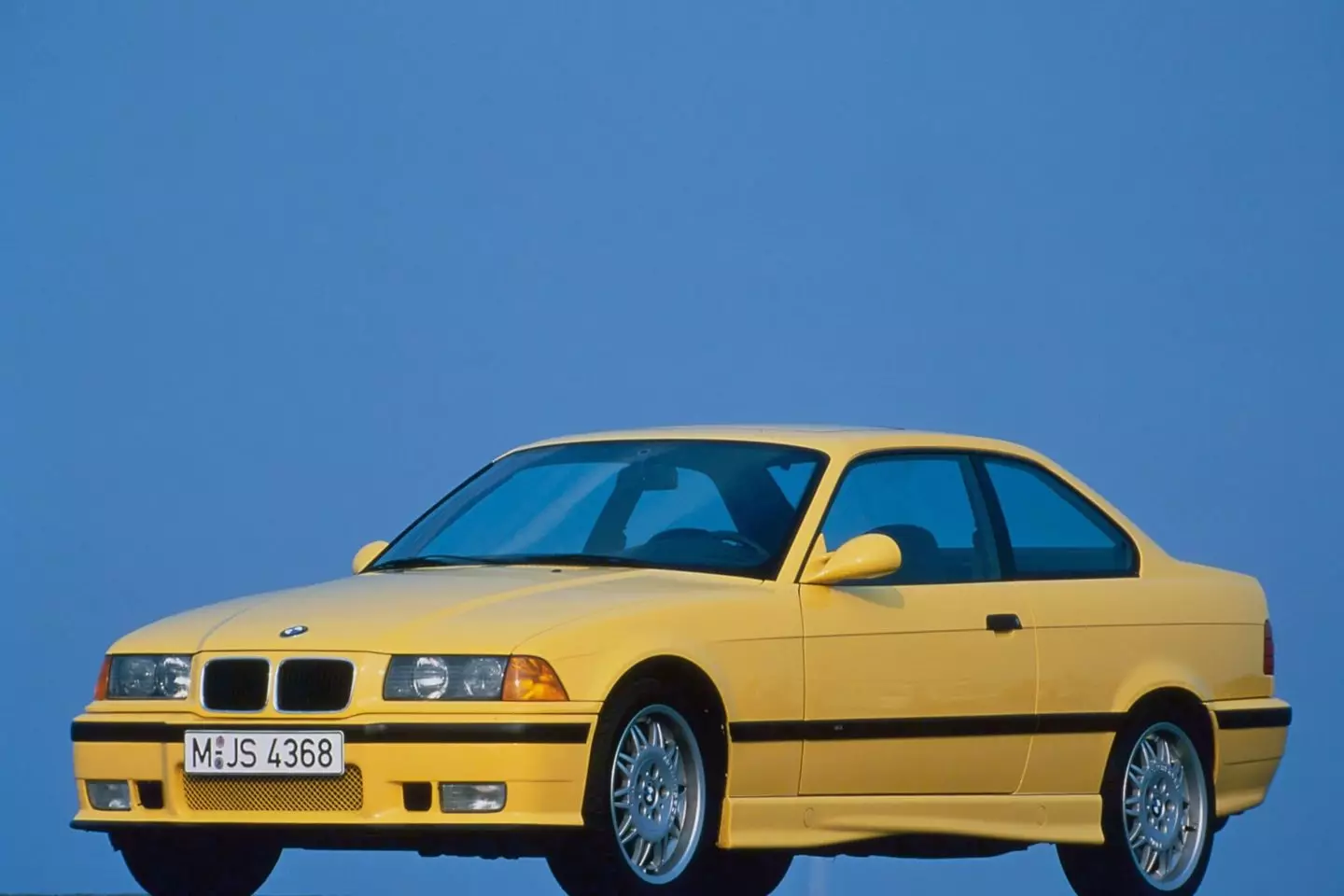
In the M3, although the similarities remain, its mechanics quickly made them forget.
Unlike the Series 3 Coupé, visual distinction is what the Mercedes-Benz CLK . The massive transformation that the star brand underwent in the 1990s also extended to the coupés. First we saw the conservative Mercedes “shock” half the world with the 1993 Coupe Studie concept — the first time we've seen those double headlamps at the front.
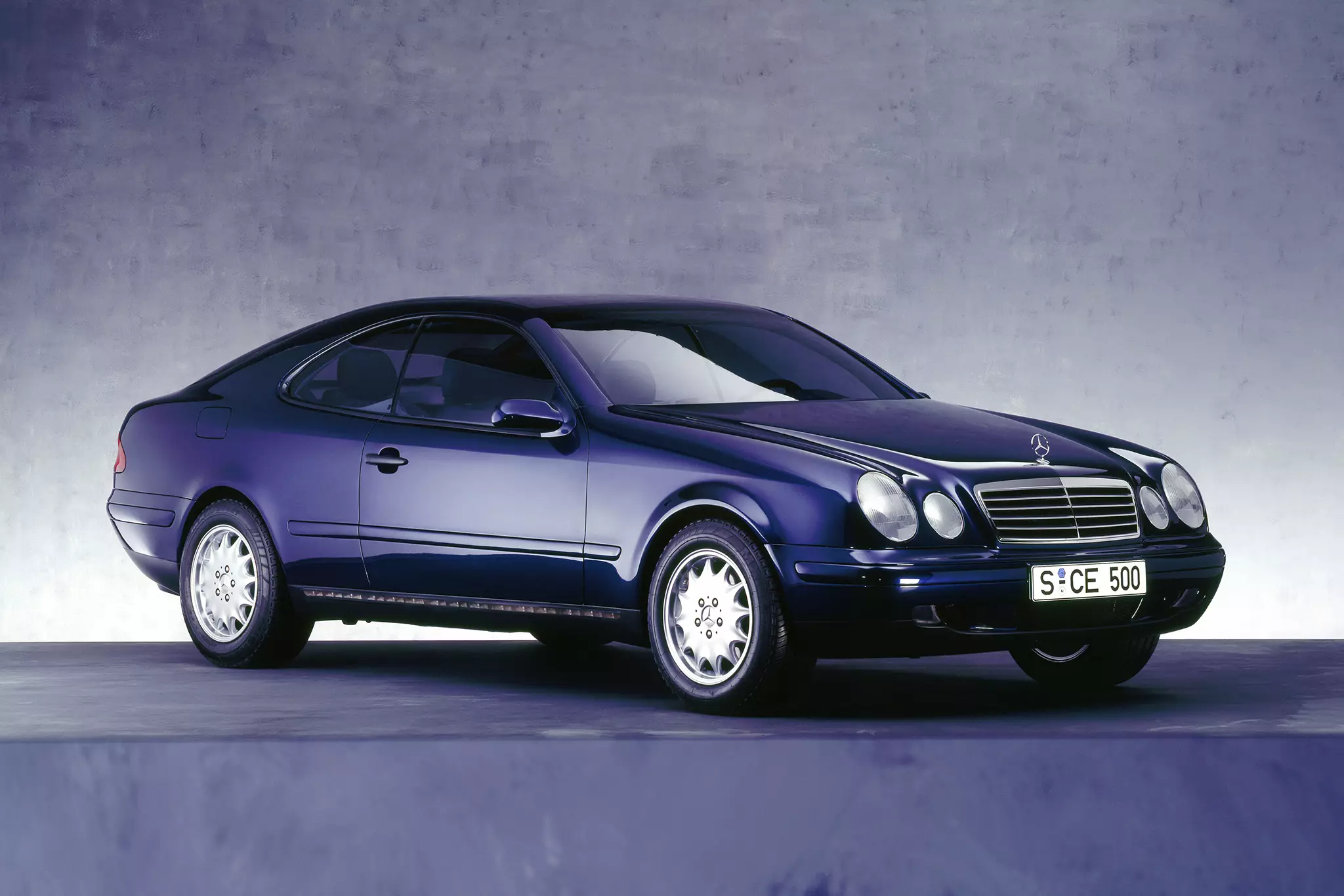
Solution that would hit the market in 1995 with the E-Class W210. Unlike its predecessor, the E-Class W124, the W210 would not have a coupe or a convertible. Instead of creating two coupés, for the C-Class and E-Class, Mercedes decided to position a range consisting of a coupé and a cabrio with its own name more or less in the middle. 1993 Coupe Studio production.
It still had, in the BMW 3 Series Coupé — above all the E46, successor to the E36 — its main rival, but the truth is that it never managed to rival it from a dynamic point of view. The CLK seemed more adept at long (and comfortable) autobahn rides — even when referring to the lunatically growing AMG variants.
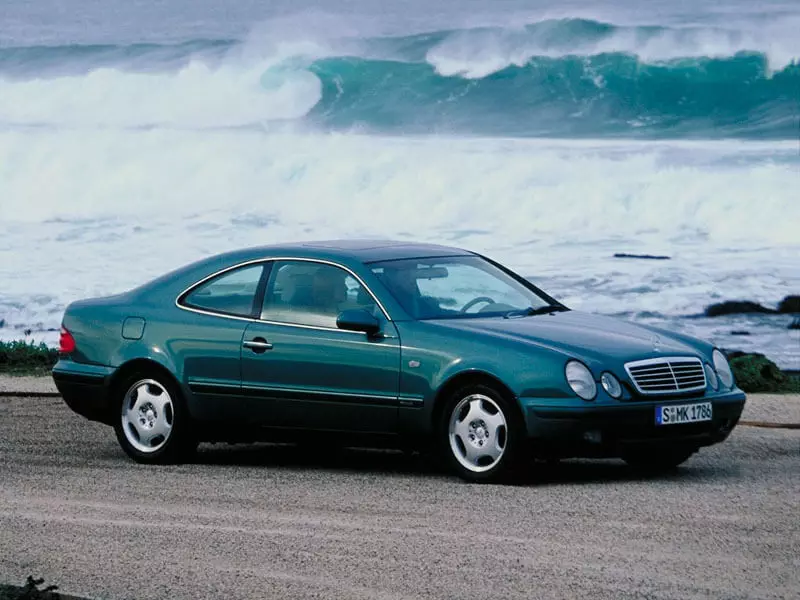
The CLK would know a second generation, but Mercedes would eventually “split” the CLK into two models: the C-Class Coupé and E-Class Coupé, which remains until today.
As an alternative to the Germans
The coupés of the 90s derived from the medium saloons are not, fortunately, limited to the Germans. The 90's were already heading towards its end when a trio of distinguished coupés countered with the Germans: PEUGEOT 406 COUPÉ (1997-2004), VOLVO C70 (1997-2005) and FORD COUGAR (1998-2002).
What was notorious is that these “answers” went better for some than for others — the Ford Cougar turned out to have a premature end. Technically it is an American model and it succeeded the Probe — it will be referred to in the second part concerning the Japanese coupés… and you will quickly see why — but the Cougar has known even less success than its unsuccessful predecessor.
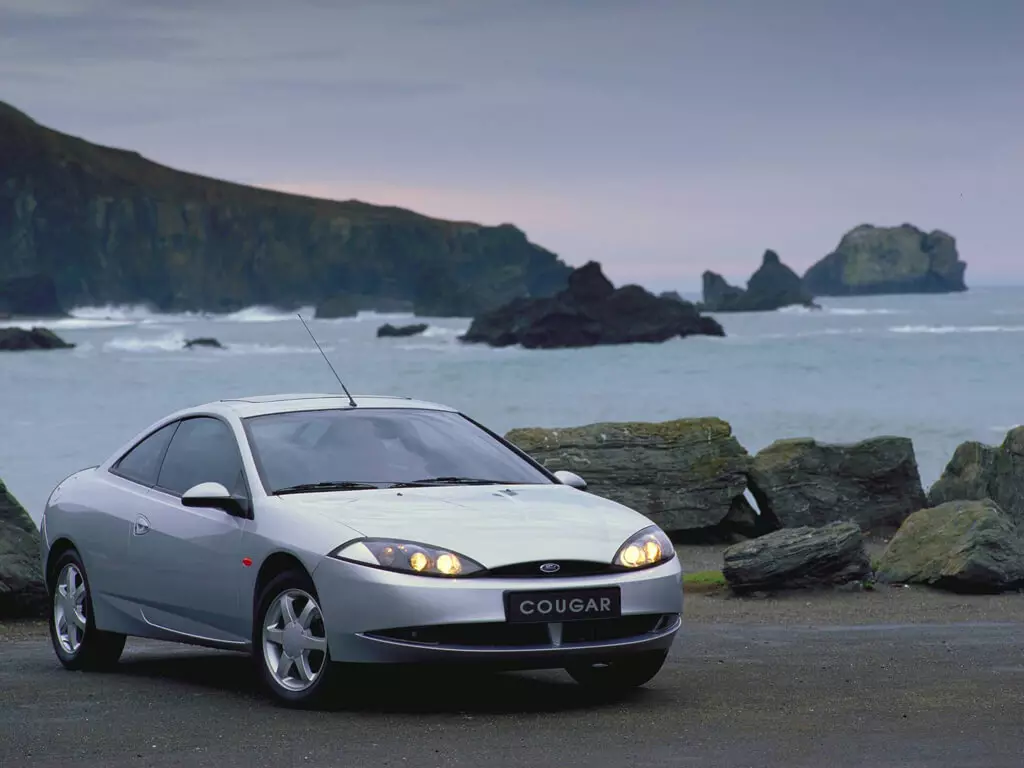
Bold and controversial… Too much even?
Derived from the Ford Mondeo, the Cougar would be conceptually closer to what we saw in the Opel Calibra. Was his controversial and daring design (one of the most expressive members of Ford's New Edge Design) one of the reasons for his failure? Perhaps…
On the other hand, there was no reason to complain about the chassis — one of the best in the segment — but the engines were… “calm”. Nor did the 170hp 2.5 V6 reveal enough “firepower” to brighten up the vast coupé. Disappeared without leaving a successor (and perhaps not much missed) and Ford would only return to the coupés in 2015, after “globalizing” the Ford Mustang — and that yes, it has been a success.
Better fado had the Peugeot 406 Coupé and the Volvo C70. Unlike the Cougar, there was no controversy around the lines of the 406 Coupé and C70; they were two elegant coupés, one of the most beautiful to emerge in this decade.
The long relationship between Peugeot and the Italian Pininfarina returned to bear graceful results and even today the 406 Coupe is considered one of the most beautiful Peugeots ever. Interestingly, its elegant lines had as its genesis a proposal by Pininfarina for the design of the… Fiat Coupé, years before!
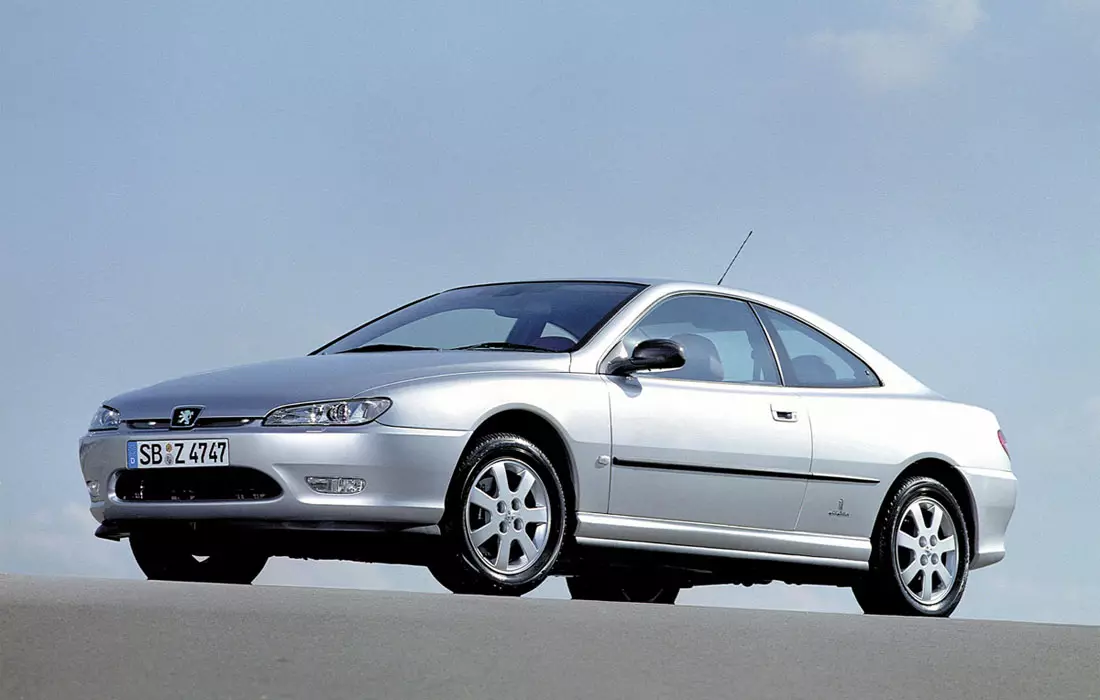
A connection between the fluid lines of the 406 Coupé and some Ferrari by Pininfarina from the same period quickly established itself at the time — the 550 Maranello comes to mind.
If the exterior design was widely praised, the same was not said of the interior — modeled on the 406 saloon — or the dynamics/performance. The 406 Coupé was more about comfort than razor-sharp behavior and not even the presence of V6 engines in the range managed to give the French model a sportier slant.
It was still a great success for the brand and secured a successor: the (not at all elegant) 407 Coupé, which was far, far from equaling the success of the 406 Coupé.
THE Volvo C70 it was also a breath of fresh air when it emerged. Far from the square look typical of the Swedish brand's models — an image it was looking to get away from — the C70 is one of the most elegant Volvos ever (it is perhaps only second to the P1800).
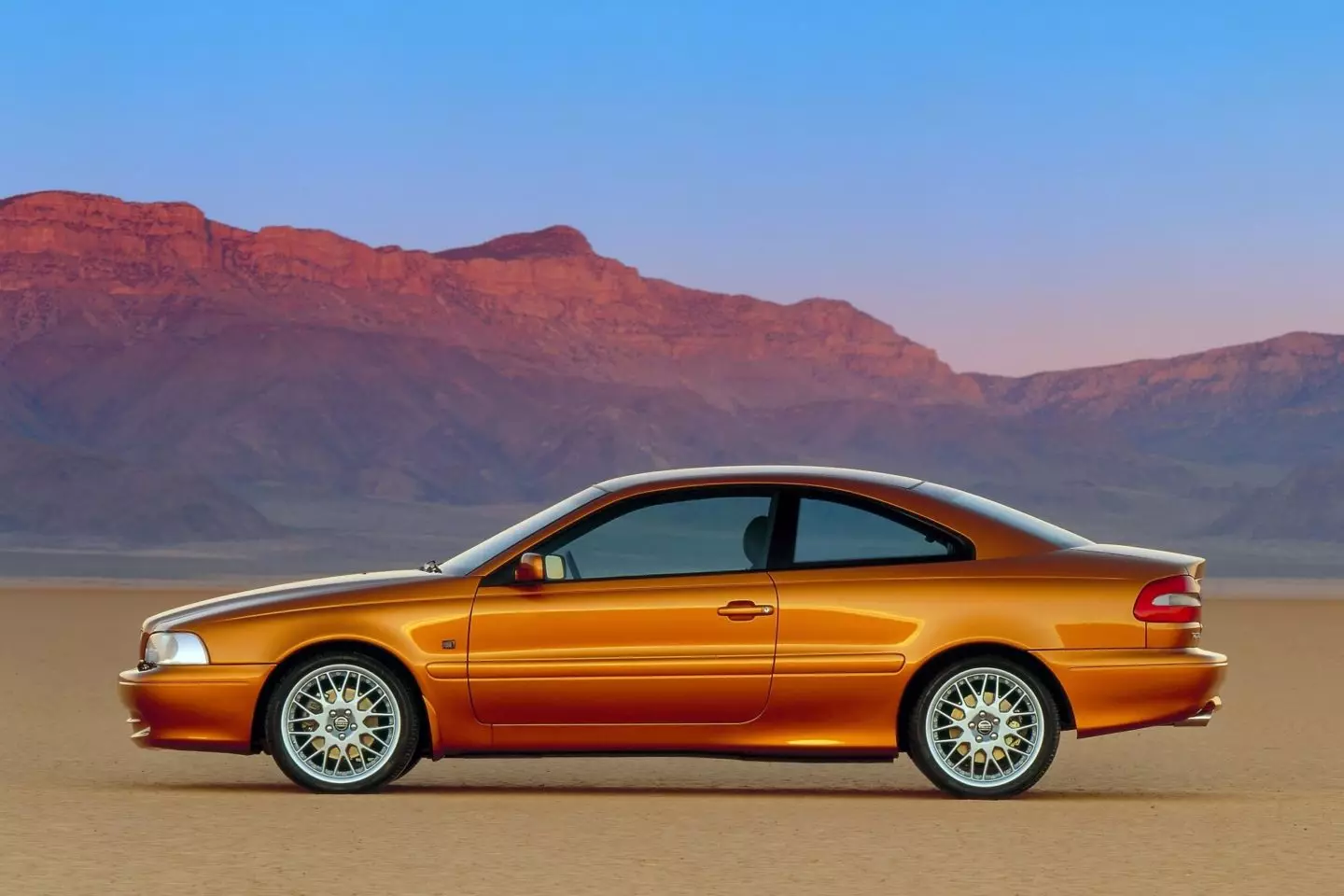
Based on the 850, the C70 contrasted its elegant lines with true muscle, not always able to be matched by its chassis. Volvo's turbo penta-cylindricals — and which ended up in some Fords as well — are now almost legendary. And capable of easily launching the C70 up to 180 km/h… and beyond. His successor would adopt the same name, but he was a different creature: a coupé-cabriolet.
Coupés from the 90s, part 2
It's the end of the first part of our Special on the Coupés of the 90s, with the second part focusing on Japanese coupés, some of them today becoming true cult models. By the way, it is Japan that we have to thank for the rebirth of interest in coupés in the 90's in Europe, and who were behind the decision of so many of these European coupés to be born.
Keep an eye out as part 2 is on its way.
